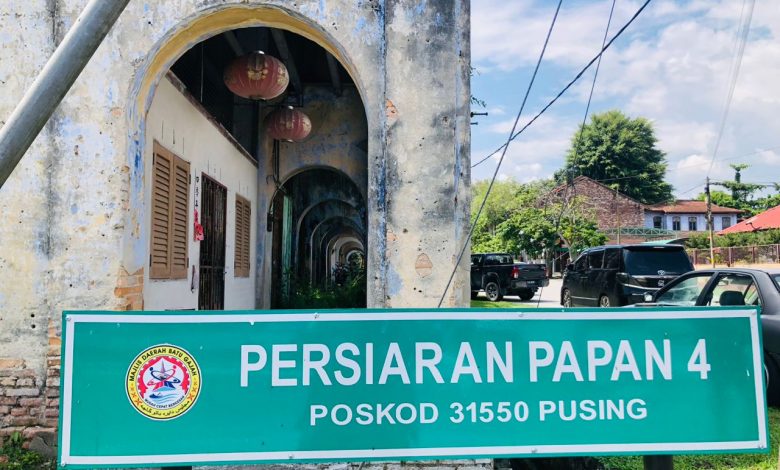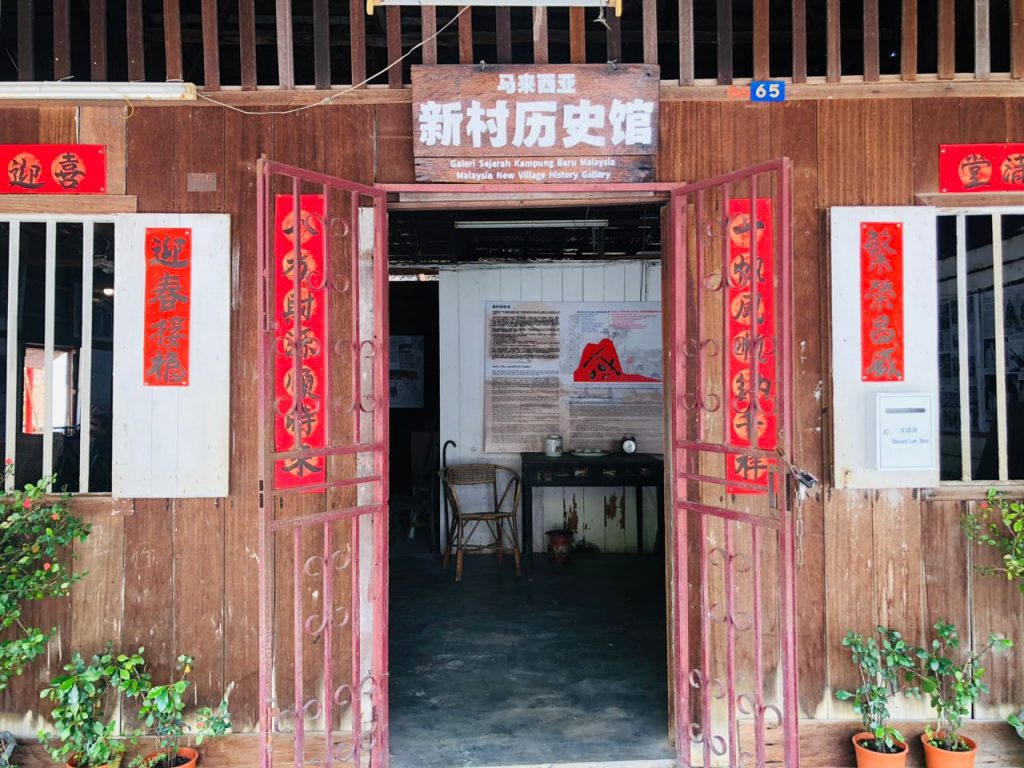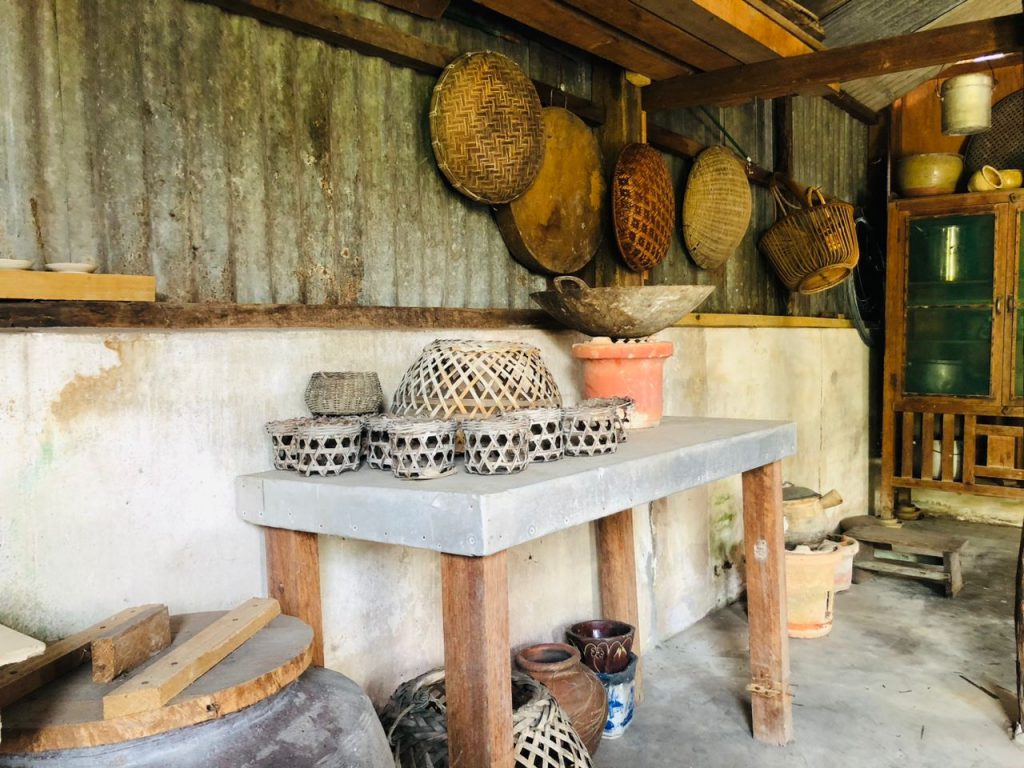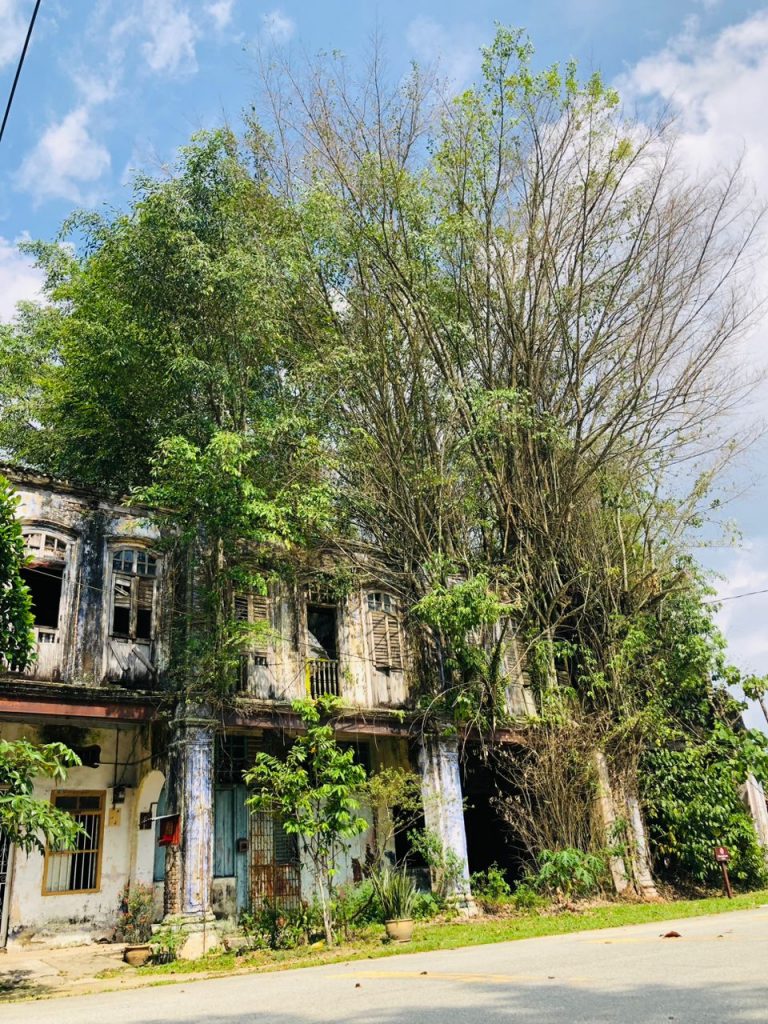

BY: Aida Aziz
A VISIT to the town of Papan near Pusing this time is not like the previous experience, no stray dogs are roaming everywhere and the scenery is much more cheerful.
Even Papan, which existed for over 100 years, was previously often nicknamed a ghost town, deserted or not awake, now has changed its face.
Drastic changes can be seen through new signs and vibrant tourism activities with the involvement of residents in particular.
What attracts attention is of course the presence of two galleries for visitors to learn more about the history and origins of Papan, which used to be the oldest tin mining town in the Kinta Valley.
The effort and dedication to restore this area as a tourist attraction is led by the Head of the Papan Heritage Conservation Group, Chew Seng Leong or affectionately known as Jacky.
According to him, the work of conserving and caring for Papan started three years ago, before the COVID-19 pandemic and until now they are continuing the program.
“We are a small group with a total of five permanent members. However, other volunteers attend and participate in the work.
“We started this initiative after seeing that this town is indeed a historic location, but unfortunately it has not been maintained and many of the residents have moved to other places.
“It would be a shame if this place is lost as one of the historical places and the focus of tourists based on the tin.
“The problem here that has been going on for a long time is the buffalo excrement that is all over the place. If the domestic animals come in here, there will be a lot of excrement that spoils the view,” he said.
He said that he is also the Curator of the Kinta Tin Mining Museum, Kampung Baru Malaysia History Gallery and the Papan Heritage Gallery which were created there and also received cooperation from residents who contributed to the exhibits.
“We made the direction sign for visitors there during the Movement Control Order (MCO).
“Many old items and artifacts were donated by the villagers here, they lent them to be placed in the gallery,” he said.
He added that there are still about 200 residents who live in the town with the majority being Chinese.
Among the new attractions here that attract attention are the floor painting alley, the Papan Heritage Gallery, the banyan tree rooted in the wall, the Papan Mosque, Raja Billah’s Original House and the Sybil Kathigasu Memorial.
Asked about his hopes for ‘Papan’ after this, he said the presence of many visitors from home and abroad on the weekend was indeed a surprise.
He hoped that the local authorities (PBT) or the state government would act more aggressively to help promote Papan.
“We hope to get support from the parties involved, all to preserve Perak’s historical heritage. We hope Papan can become a heritage-themed tourism area.
“For the time being we will do it ourselves first. We will open a few more galleries in Papan, and work with the history and heritage association to make sure the facts on display are accurate,” he added.
Meanwhile, regarding the history of Papan, Secretary of the Perak Heritage Association, Nor Hisham Zulkiflee said, Papan represents several other names such as Kota Papan, Pengkalan Papan and Klian Papan.
“In early European records, the name Papan was spelt Pappan or Pappin. The origin of the name Papan is said to be related to logging activities there,” he said.
He explained that the appearance of Papan had something to do with Sultan Ismail. He is considered to be the founder of the city of Papan.
“Before Papan appeared as a tin mining town, it was a logging area, especially ‘chengal wood’.
“As a result of cooperation between Malay and Chinese miners, Papan emerged as one of the most active mining areas in the Kinta Valley.
“The success caused the mining community in Perak to refer to Papan as ‘big Perak’ while Taiping was ‘small Perak’,” he said.
However, he said, the development in Papan was destroyed in a major fire in 1911.
The fire affected the appearance of the city and became a starting point for its decline.
“Since then, the population in Papan is recorded to have decreased to only 1,285 people, in 1928 the town experienced its downfall.
“Only the Chinese community still lives in the city while the European and Malay communities began to migrate to Batu Gajah, Tronoh and Pusing,” explained Nor Hisham.














